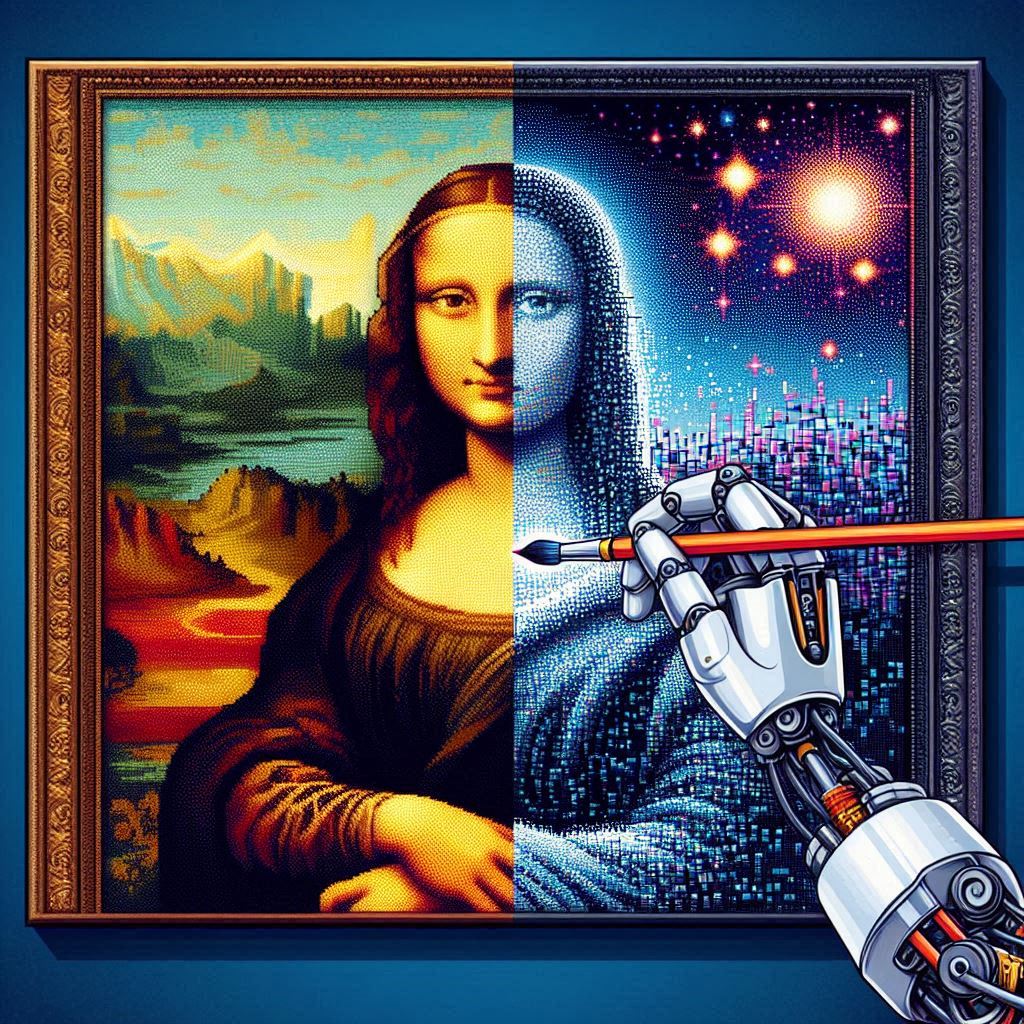Artificial Intelligence (AI) has made significant strides in recent years, leading to questions about its potential in various fields, including art. The emergence of AI artists has sparked debates on whether computers can truly exhibit creativity. With algorithms generating paintings, music, and even poetry, the boundaries between human and machine artistry are becoming increasingly blurred.
One of the key arguments in favor of AI creativity is the ability of machines to analyze vast amounts of data and identify patterns that humans may overlook. Through machine learning techniques, AI can replicate artistic styles and produce original works that mimic human creativity. For example, AI-generated paintings have been showcased in galleries, challenging viewers to discern between human and machine authorship.
Critics, however, argue that true creativity involves more than just pattern recognition and replication. They contend that creativity stems from complex human emotions, experiences, and intentions that AI lacks. While computers can simulate artistic techniques, they may struggle to convey deep meaning or evoke profound emotions in their creations.
Despite these debates, AI artists are gaining recognition in the art world, raising questions about the future role of technology in creative endeavors. Some artists collaborate with AI systems, using them as tools to enhance their artistic process. This fusion of human creativity with machine assistance blurs the lines between traditional and digital art forms.
The rise of AI artists has also sparked discussions on the implications for the art market and intellectual property rights. As AI-generated artworks gain popularity, questions arise about ownership and authorship. Who owns the rights to a piece created by an algorithm? Can AI artists be credited for their creations, or does the credit solely belong to the programmers who developed the algorithms?
Ethical considerations also come into play when discussing AI in art. Issues of bias, transparency, and accountability arise when algorithms are used to create art. How can we ensure that AI-generated works are free from discriminatory patterns or unintended consequences? Artists and technologists must navigate these ethical dilemmas to harness the potential of AI while safeguarding against negative impacts.
Despite the uncertainties surrounding AI creativity, its influence in the art world is undeniable. Museums and galleries are increasingly showcasing AI-generated art, attracting a diverse audience intrigued by the intersection of technology and creativity. Art critics and scholars are exploring new frameworks to evaluate and interpret AI artworks, enriching the discourse on art theory and aesthetics.
Looking ahead, the future of AI in art holds promise for innovation and experimentation. As AI technologies continue to evolve, artists and audiences alike can expect new forms of expression and collaboration. The fusion of human ingenuity with machine intelligence opens up endless possibilities for artistic exploration and creativity.
The question of whether computers can truly be creative remains a complex and evolving debate. While AI artists demonstrate remarkable capabilities in generating art, the essence of human creativity remains deeply rooted in subjective experiences and emotions. As AI continues to shape the art landscape, it is essential for creators and audiences to critically engage with the implications and possibilities of this technological advancement. The convergence of art and AI presents both challenges and opportunities, inviting us to reconsider the nature of creativity in a digital age.
